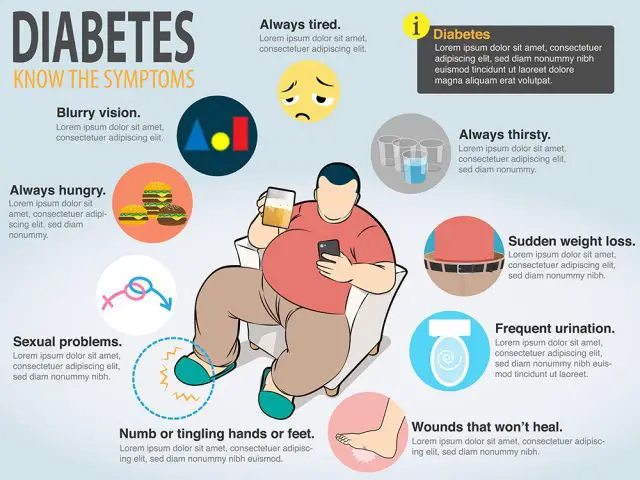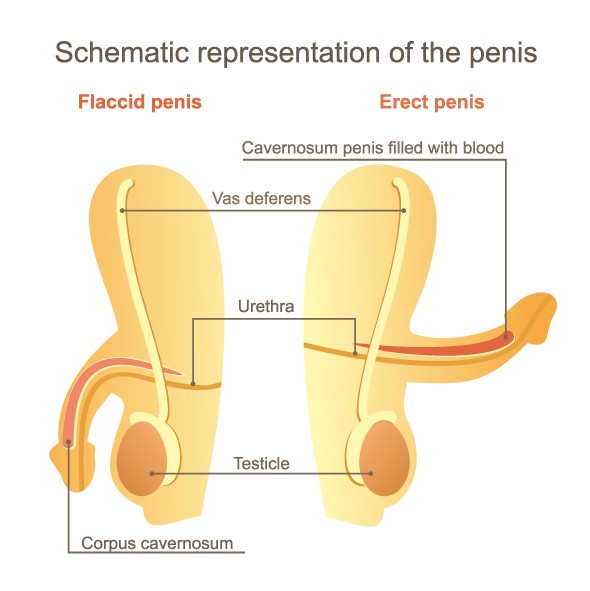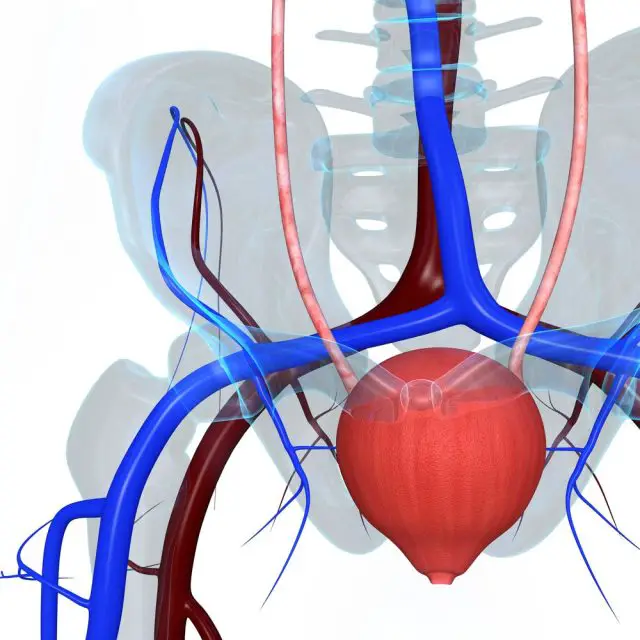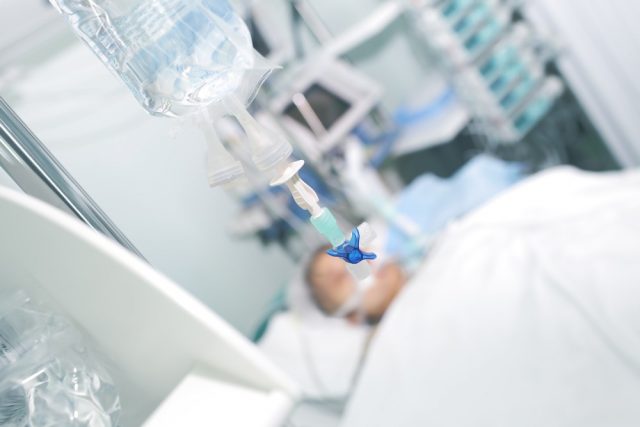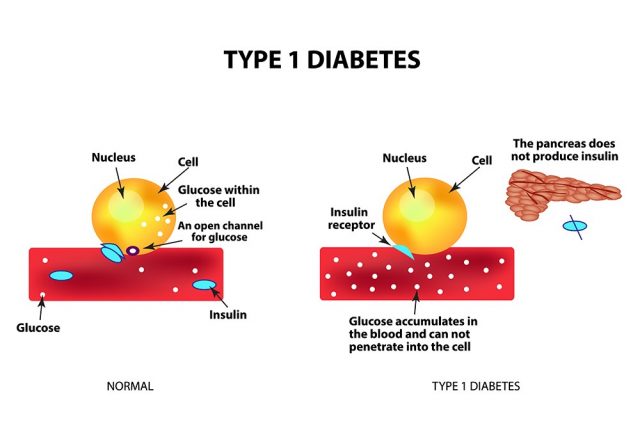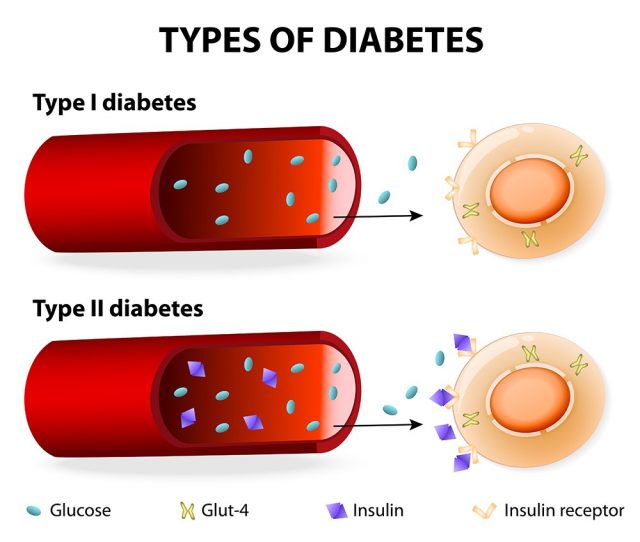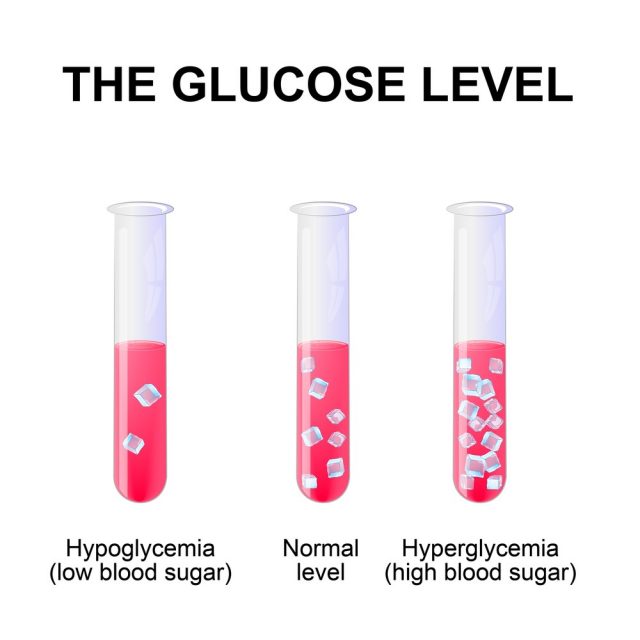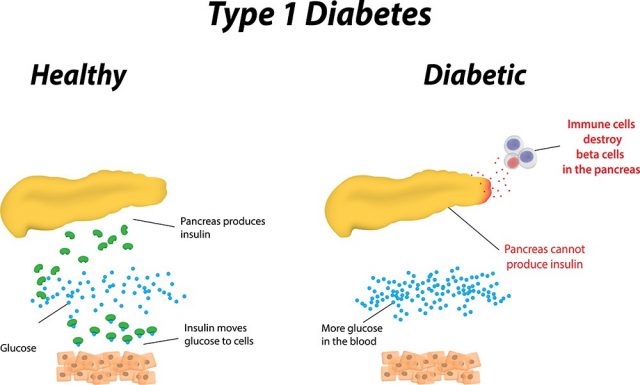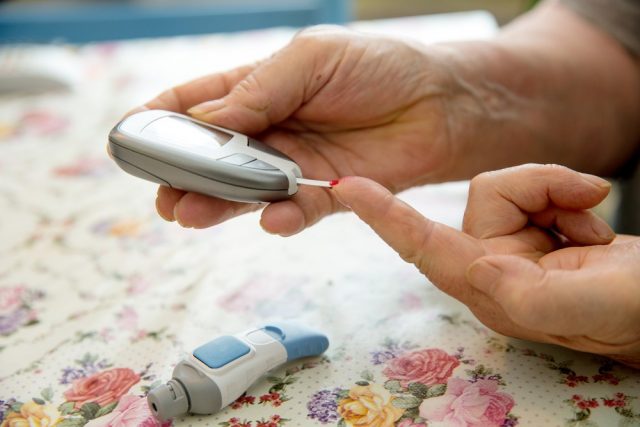Signs of Diabetes In Men
Diabetes is a medical condition when the body is unable to produce sufficient insulin, is not able to use insulin, or is a mix of both. This results in the sugar levels in the blood to flare up. When left uncontrolled, it leads to many complications in the body.
The risk of cardiovascular disease increases in the body. It also causes problems with the nervous system, eyes, skin and kidneys. Some men may also suffer from erectile dysfunctions and other urologic problems.
Recognizing early signs of diabetes in men
The early signs of diabetes type 1 in men often go unnoticed as they do not cause any major health issues. They are:
- Fatigue
- Blurry vision
- Frequent urination
- Unusual weight loss without any exercise or dieting
- A sensation of numbness or tingling in the feet and hands.
The above mentioned symptoms are relatively mild and these when left untreated causes issues with eyes, skin and nerves.
The next step of the symptoms could be a sharp or stabbing pain in the feet and hands. There might be a lot of bacterial infections in the eyelids, in the fingernails and toenails and in the hair follicles too. These are due to the complications arising from diabetes.
Signs of diabetes in men
Listed below are the signs of diabetes in men:
- Erectile dysfunction: When a man is unable to maintain or get an erection, it is called as an erectile dysfunction. It can be due to many other health issues like stress, medication, smoking, circulatory or nervous system problems or high blood pressure too. But erectile dysfunction is a major complication arising in men with diabetes. The reason behind this is that diabetes harms the autonomic nervous system (ANS) thereby leading to many sexual issues.
 The ANS is responsible for the constricting or widening of the blood vessels in the genitalia of men. When these blood vessels and their subsequent nerves are affected by diabetes, erectile dysfunction results. Due to diabetes or any other injury in the nerves of the penis, the blood flow is slowed down thereby leading to erectile dysfunction. According to a research carried out in the National Diabetes Information Clearinghouse, ED is a major possibility in men suffering from diabetes.
The ANS is responsible for the constricting or widening of the blood vessels in the genitalia of men. When these blood vessels and their subsequent nerves are affected by diabetes, erectile dysfunction results. Due to diabetes or any other injury in the nerves of the penis, the blood flow is slowed down thereby leading to erectile dysfunction. According to a research carried out in the National Diabetes Information Clearinghouse, ED is a major possibility in men suffering from diabetes. - Retrograde Ejaculation:
 Sometimes, some semen is released in to the bladder and as a result of this a relatively less amount of semen is released during ejaculation. This condition is known as retrograde ejaculation which may be caused due to diabetes.
Sometimes, some semen is released in to the bladder and as a result of this a relatively less amount of semen is released during ejaculation. This condition is known as retrograde ejaculation which may be caused due to diabetes. - Urologic Issues:
Other urologic issues occurring due to diabetes are caused due to nerve damage in the genitalia. These issues can be an overactive bladder, urinary tract infections, incontinence or the inability to control urine and others.
Signs of diabetes in young men
Young men are often unaware of this condition and often let it go unattended till severe complications arise. They often believe that diabetes occurs only at a later age. But diabetes can occur at any age of a man’s life. People with type 2 diabetes do produce sugar but in comparatively lower levels.
Sometimes, the insulin that is secreted by their pancreas is insufficient and the body does not recognize it and is unable to use it. This leads to the sugar not being able to reach the cells as fuel. The sugar builds up in the blood stream instead of getting used up by the cells.
This leads to mild early complications like:
- Dehydration: The increased level of sugar in the blood leads to frequent urination as the body tries to clear the excess sugar from the blood. Frequent urination also leads to a large amount of water loss from the body causing dehydration.

- Hyperosmolar nonketotic diabetic coma: When a person dehydrated due to type 2 diabetes, he may develop this life-threatening problem as the body is not able to make up for the fluid loss. Though this is rare condition and may happen in an advanced stage, some young men take their dehydration lightly and if infected with diabetes, the dehydration could lead to this condition.

- Urologic issues: Young men may start facing several urologic issues like erectile dysfunction, retrograde dysfunction, overactive bladder, UTIs and incontinence too due to diabetes.

- Other bodily symptoms: Fatigue, numbness in hands and feet, blurry vision could be early signs of diabetes in young men.

Signs of Type 1 Diabetes
Diabetes type 1 is quite different to its counterpart, the type 2 diabetes. The major symptoms of both are same but there are certain signs which differs the type 1 from type 2.
The major symptoms of type 1 diabetes are:
- High levels of urine
- Excessive thirst
- Unusual fatigue throughout the day
- Unusual and unexplained loss of weight
- Loss of muscle fat
The main symptoms are classified as 4Ts for type 1 diabetes – thirsty, tired, toilet and thinner.
The other symptoms of type 1 diabetes are:
- Skin infections
- Blurry vision caused due to dryness in the eyes
- Itching in the vagina or around the penis
- Unexplained cramps
Some symptoms are sings of diabetic ketoacidosis (DKA) which is a dangerous condition and life threatening.
Listed below are some emergency diabetes Type 1 symptoms which call for medical help urgently:
- Stomach pain
- High temperature
- Loss of appetite
- Vomiting and nausea
- Rapid or deep breathing
- Flushed, hot, dry skin
- Fruity smelling breath similar to nail varnish
- Drowsiness and restlessness
- Confusion or coma
- Lack of interest in day to day activities for young children
Ketoacidosis affects 1 out of 4 patients suffering from diabetes type 1. One should monitor the 4Ts regularly to prevent the onset of Ketoacidosis. Type 1 diabetes generally sets in quickly within a span of few days.
It can affect kids also and one should monitor the signs regularly in small kids especially if diabetes runs in the families and seek professional help before its too late and ketoacidosis or other life threatening complications set in.
If Type 1 Diabetes is left untreated in adults, it could lead to a condition called the LADA – Latent Autoimmune diabetes of adulthood. LADA develops slowly and sometimes this condition is often misdiagnosed as type 2 Diabetes.
As the sugar in the blood fluctuates in diabetes, low blood sugar also occurs. People take medications to increase the levels of insulin in the body. Too many medications, eating less or skipping meals can lead to low blood sugar.
Listed below are signs of low blood sugar:
- Weakness
- Hunger
- Sweating
- Confusion and shakiness
- A person may also pass out if the blood sugar is very low
Severely low blood sugar can be life-threatening. It may also lead to nervous system damage or seizures if left untreated. Such patients should always carry their glucagon kit with them. It has medications to immediately raise the blood sugar levels. One should avoid driving.
Such a patient should inform his friends and family members about how to care for him in case of emergency. The condition should be treated as soon as possible as delay could lead to serious complications and even death.
Difference between Type 1 diabetes and Type 2 diabetes
A total absence of insulin is known as Type 1 diabetes and little or unusable insulin is referred to as Type 2 diabetes.
- Type 1 diabetes was previously called the insulin-dependent diabetes or the juvenile-onset. It affects between 5 to 10 people from 100 diabetic people. The immune system of the body destroy the insulin releasing cells, gradually eliminating or stopping insulin production in the body. Due to this, the cells in the body are unable to absorb glucose (sugar) required to generate energy and cannot function properly.
 Type 2 diabetes was formerly known as adult-onset or non-insulin-dependent diabetes. It can occur at any age of the individual and becomes more obvious during adulthood. These days the occurrence of Type 2 Diabetes is rising in children. Around 90 to 95 people from 100 diabetic people have Type 2 Diabetes. In this condition, the body is unable to produce insulin properly. This condition is called as insulin resistance. The pancreas makes less insulin resulting in insulin deficiency. Though insulin is there, it is relatively less and cannot be used by the cells.
Type 2 diabetes was formerly known as adult-onset or non-insulin-dependent diabetes. It can occur at any age of the individual and becomes more obvious during adulthood. These days the occurrence of Type 2 Diabetes is rising in children. Around 90 to 95 people from 100 diabetic people have Type 2 Diabetes. In this condition, the body is unable to produce insulin properly. This condition is called as insulin resistance. The pancreas makes less insulin resulting in insulin deficiency. Though insulin is there, it is relatively less and cannot be used by the cells. - In Type 1 Diabetes, the symptoms occur during childhood or early adulthood. Patients seek professional help to get treated for high blood sugar. In Type 2 Diabetes, the symptoms are generally undiagnosed before adulthood. But these days, there is an increasing rise in kids having Type 2 Diabetes too.

- Type 1 Diabetes patients often have incidents of low blood sugar called as hypoglycemia. Type 2 Diabetes patients do not have incidents of low blood sugar until unless they take diabetic medications.

- One cannot prevent Type 1 Diabetes. Type 2 Diabetes can be delayed or prevented all together by following a lifestyle which is healthy, by maintaining healthy weight and by regularly exercising.

- They both increase a person’s risk for serious complications. Proper diagnosis, monitoring and precautions taken can prevent the body from developing complications but this condition may cause kidney failure or blindness in extreme cases. Leg amputations, stroke and heart disease can also be caused due to this.


